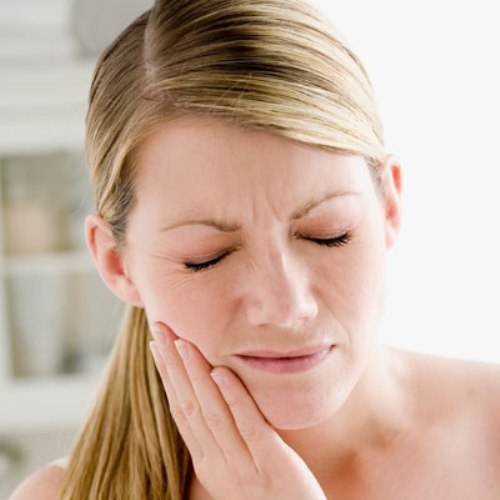Instruction
1
Your doctor may suggest to remove the tooth, if: a large part of it, or the bone is affected due to the lack of space it was cut only partially, there is a deep caries. There are contraindications to the procedure at this particular point in time - increased cardiovascular and mental diseases, stomatitis, viral infection.
2
If you determine that removal is necessary, and nothing will prevent this, will give you direction on x-ray, which will reveal the length and shape of the tooth, its location in the surrounding tissues and, therefore, determine the level of difficulty of the upcoming procedure. And this, in turn, will allow you to choose a method the monkeypaintion for this particular case.
3
The use of local anesthesia anesthetized the tooth, surrounding gum and bone. Modern drugs are much greater than previously novocaine and lidocaine and make the removal procedure is completely painless.
4
First, using a special highly concentrated gel anesthetic is anesthetized with the injection of the needle into the mucosa. The patient is not experiencing pain from the injection and discomfort during the spread of anesthesia. After anesthesia removal carried out in the usual way. The tooth is loosened and then removed with forceps or, if necessary, is cut and removed in parts. After the procedure the doctor stitches.
5
Tooth extraction can be performed under General anesthesia. The patient is administered an analgesic and he falls asleep. The anesthesiologist monitors the heart, breathing, depth of sleep. During the tooth removal under General anesthesia pains you just feel will not. However, there are contraindications neskorrigirovannoe diabetes, heart failure, aggravation of asthma, anemia, morbid obesity, anaemia, certain medications.







